While some animals will die in a fire, most do not. To varying degrees, species have adapted to fires. Biologist and Jasper Local contributor Mark Bradley explains.
The Power of the Burn
I can’t help but get emotional when I see social media posts about Jasperites who have lost their homes, the heroism of first responders, and the generosity of people, businesses and towns who have opened their doors to Jasper’s evacuees.
Firefighters of every stripe did all they could to save our little town. But the fire was too large, and its advance too swift, for it to be stopped completely. To think about the magnitude of a firefighter’s task, think about it this way: the energy released by a wildfire the size of Jasper’s is roughly equivalent to an atomic bomb (though a-bomb strength varies widely).
Of course, fires are not nuclear bombs; fires release their energy more slowly, over a larger area, and have no nuclear fallout that lingers for decades. But, as an “Act of God” level energy release, a large forest fire like Jasper’s is in the same ballpark as hundreds of Hiroshimas. No wonder they cannot always be stopped. Kudos must be given to the Unified Command Team of the Municipality of Jasper and Parks Canada for the tremendous work that has gone into both the fuel reduction programs (the clear-cuts up on the Pyramid Bench) as well as the tireless fire-fighting over the last several days.
In the Heat of the Moment
People love animals. It’s only natural that they feel empathy for those threatened by wildfire. Sadly, there’s little doubt that some animals perish in an event such as this.
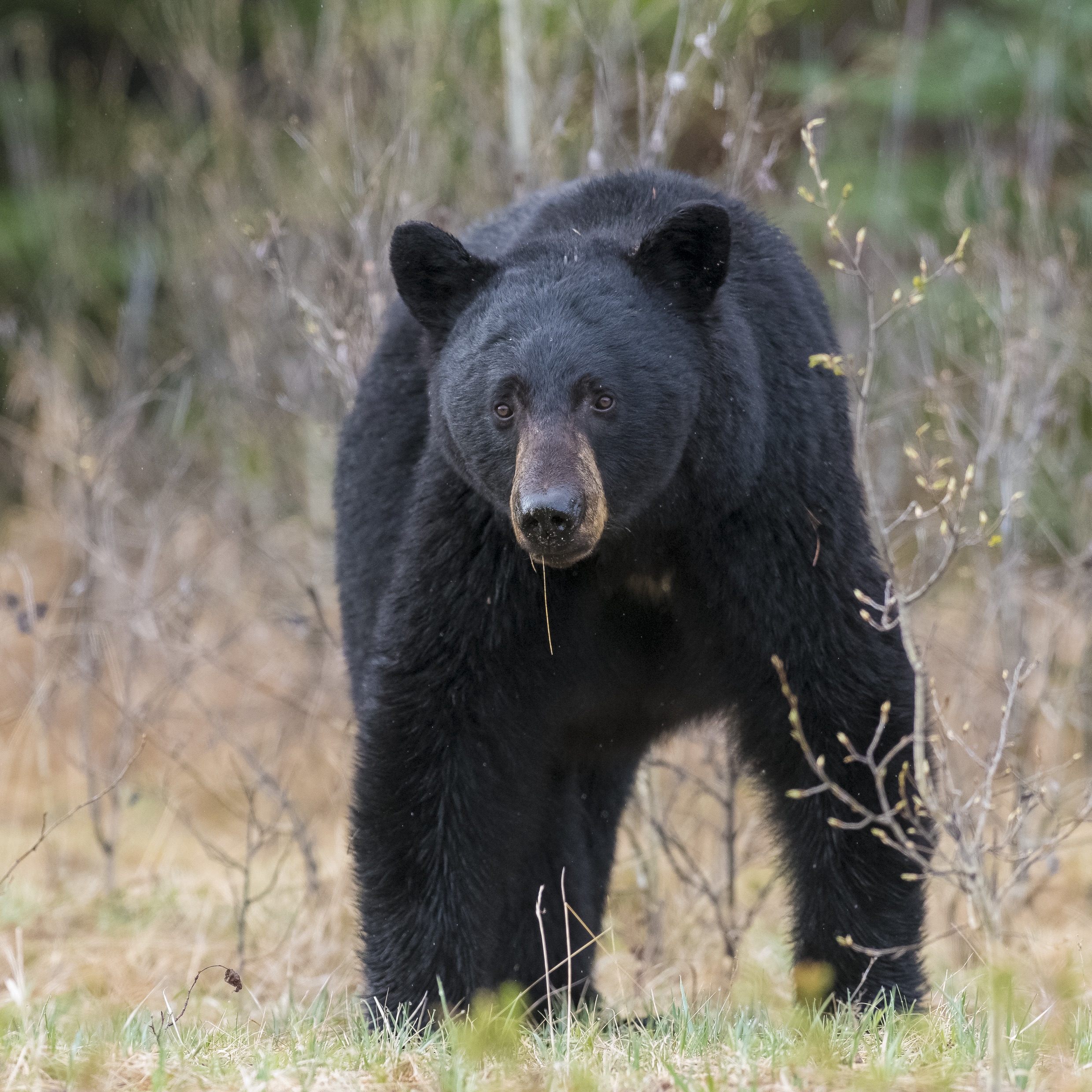
When it comes down to it, some animals can get out of the way, and some cannot. A lot of those chances, of course have to do with mobility. Large, fast animals like elk and wolves can often outrun a fire. Luck plays a large part as well; even fast animals can be killed if they’re in the path of a very fast moving fire, especially in burdensome terrain. After the 2017 wildfire in Waterton National Park for example, some black bears were found with severe burns. These bears were euthanized humanely by park staff. No doubt many small or slow-travelling animals, like squirrels or porcupines, would have died.
Birds can generally escape a fire. As flying machines, they are better equipped for escape than mammals. Exceptions would be youngsters that are still in the nest. In terms of the current Jasper wildfire, at this point in the summer, most young birds have been on the wing for a while. I would venture a guess that most of Jasper’s young birds are OK.
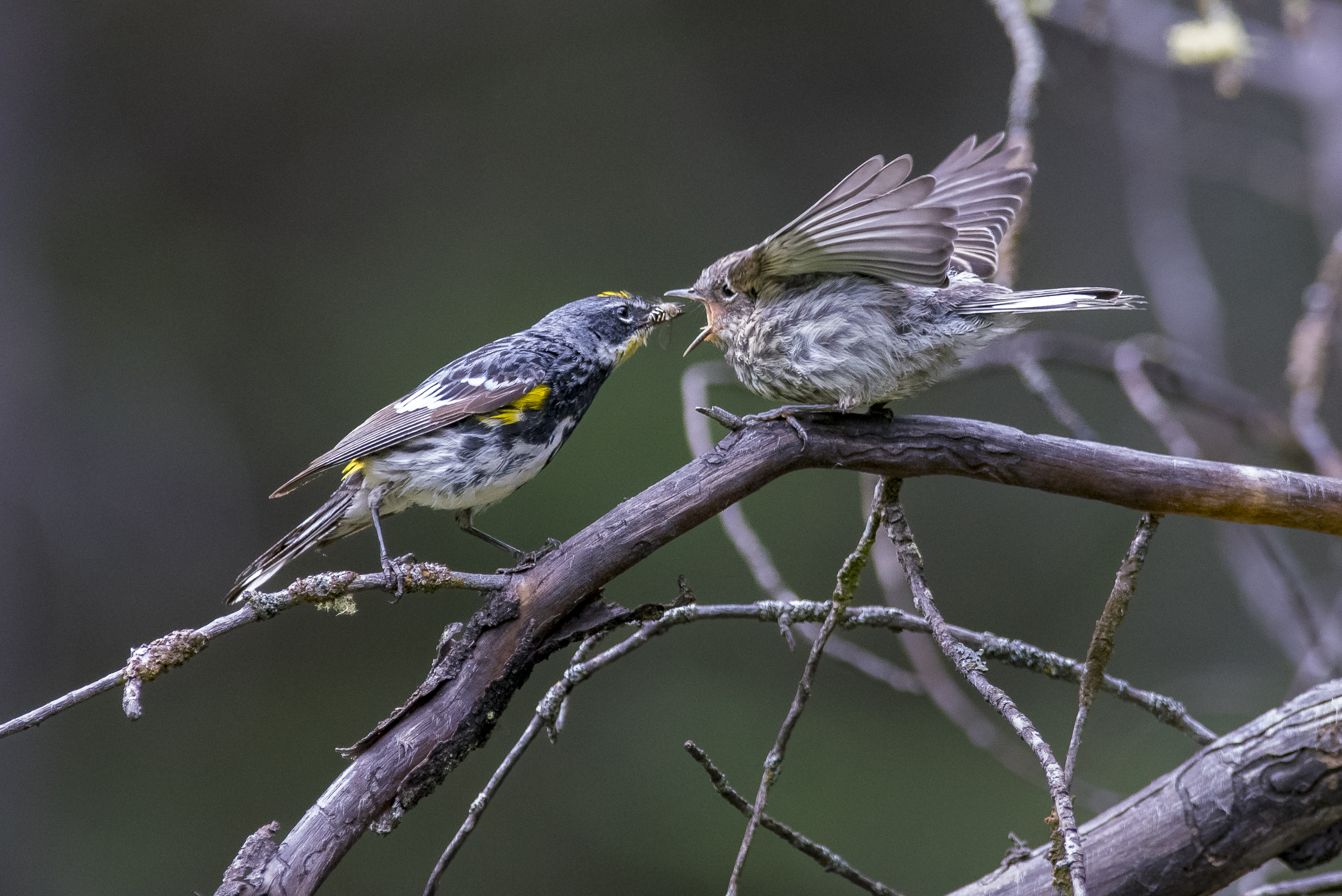
Another option for some lucky (and plucky) animals is sheltering in place. If animals can get to a big enough body of water, or into a deep enough burrow, they can wait out the fire. Hopefully most Jasper Local readers remember the “Picnic Bears,” or Bear 222 and her cubs, who made news earlier this summer. Parks Canada staff still have the same GPS technology that tracked her earlier this summer and it seems as though she and the cubs waited out the current inferno in a muddy hole along the Athabasca River. Other animals, like elk and deer have been seen wandering through burnt areas. It is pretty difficult to know how often ‘shelter in place’ occurs, but it’s nice to know that it works for some individual animals.
Taking the Long View
In the bigger picture, fire is a natural process — the Jasper ecosystem has experienced fires for millennia. There is a ‘life cycle’ to a forest that gets reset after a fire. One of Jasper’s major tree species, the lodgepole pine, has evolved to burn, and when it does it releases vast quantities of seeds to jump-start the next forest cycle. While some animals will die in a fire, most do not, and to varying degrees, species have adapted to fires. Some animals thrive in the open areas after a fire, while others fare better in dense, older forests. In the Canadian context, wildlife populations are not generally wiped out because of fire.
The After Burn
In the aftermath of a large fire, the overstory trees are gone, allowing more sunlight to reach the forest floor. This paves the way for grasses, shrubs and broad-leafed plants to flourish.
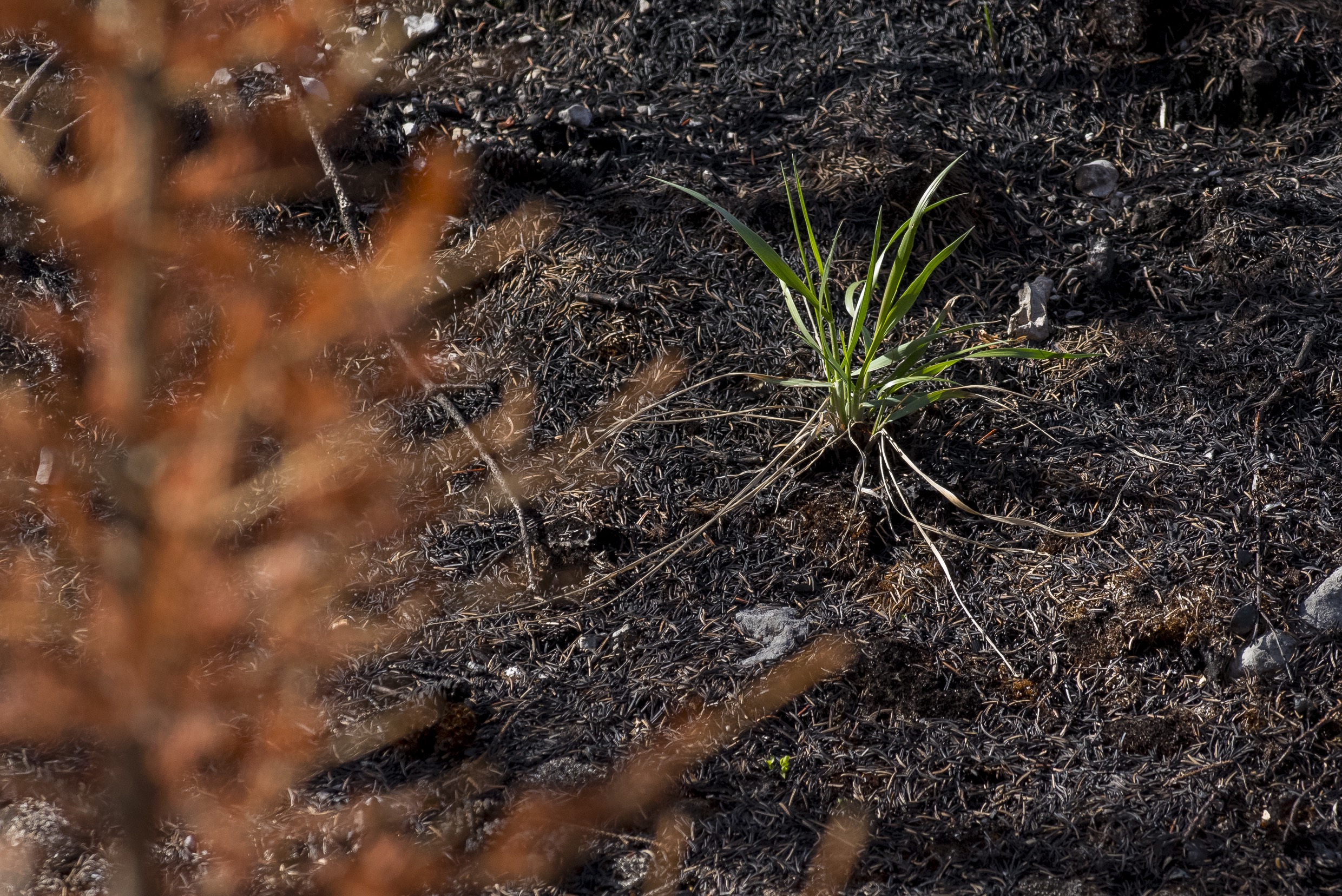
Continuing the cycle, these tasty plants are enticing for a wide variety of species, and as in other forested, mountainous terrain that has burned, the animals—everything from large animals like grizzly bears, elk, moose, and deer, to smaller animals like voles and ground squirrels—will be move in pretty quickly for the sudden bounty of food.
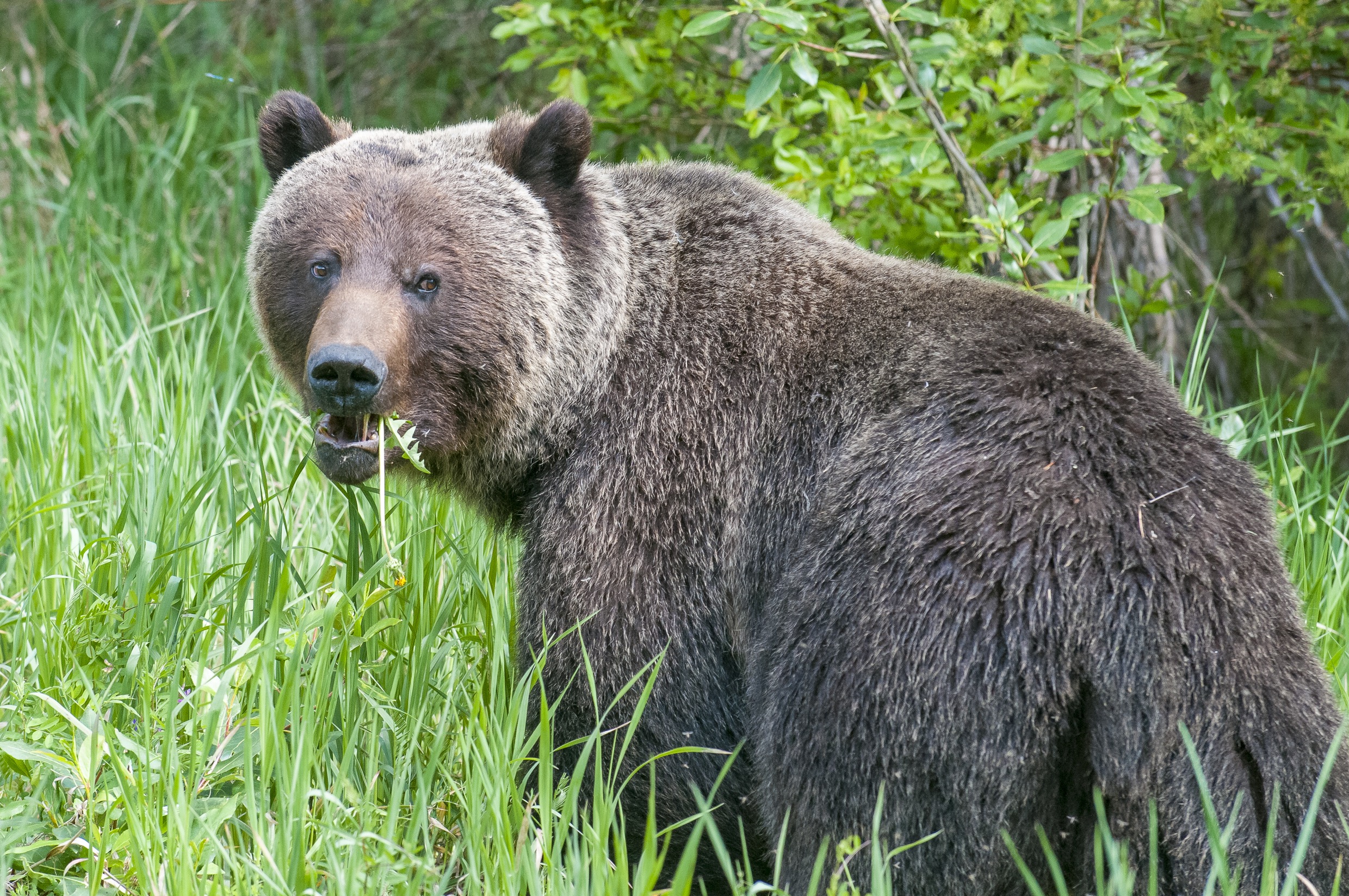
A Jasper National Park grizzly bear enjoying the bounty of their favourite plants in the sparsely-treed areas that fires can create. // Mark Bradley
The same post-fire processes which influence mammals are operating for birds as well. Some birds, like many owls species, have evolved to take advantage of the abundance of voles and other small mammals which repopulate burnt areas. Others, like some woodpeckers, are attracted to all the insects that will be chewing through the recently-killed trees. Browsers, like grouse, will move into post-burn areas a little later, once plants such as willows have returned.
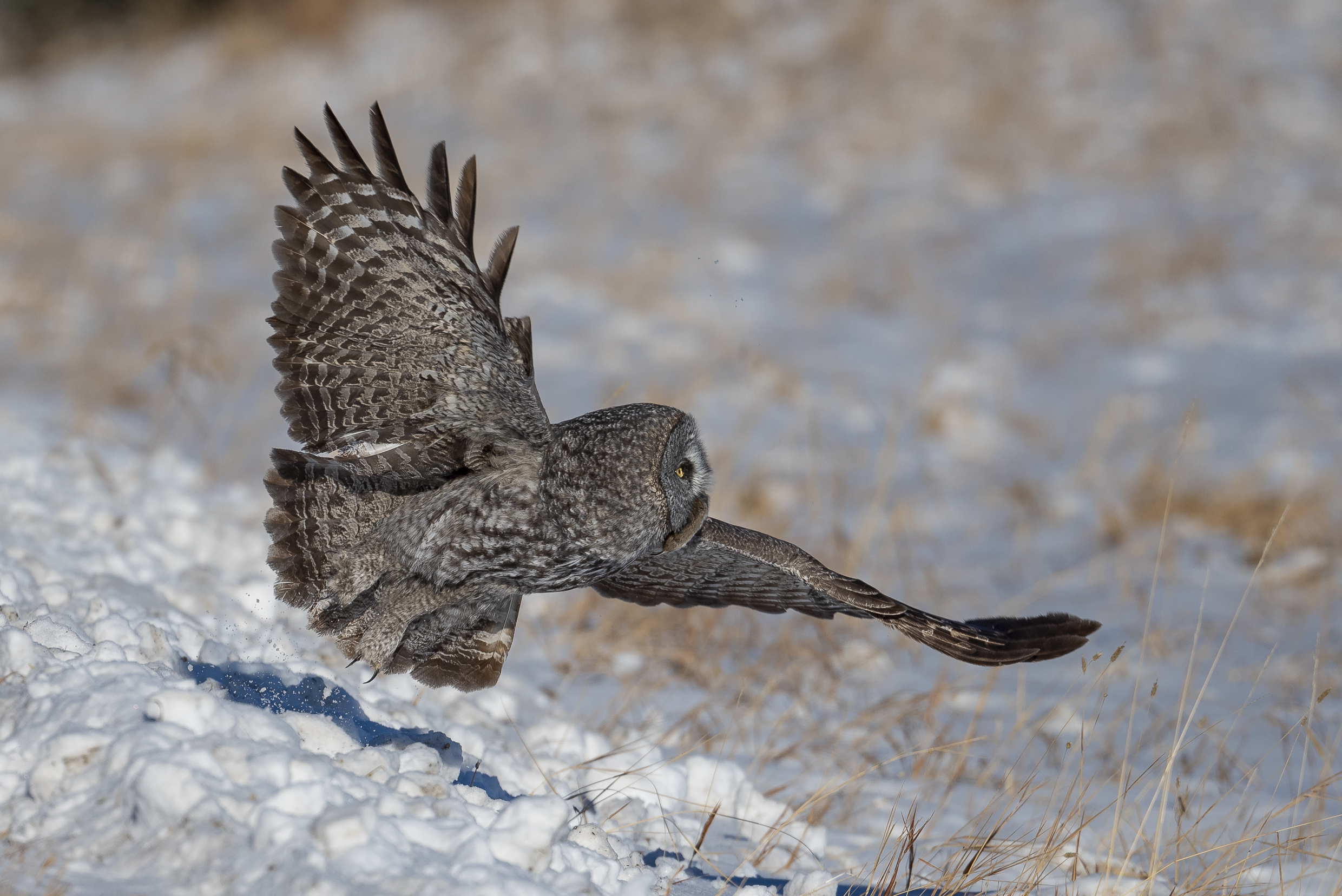
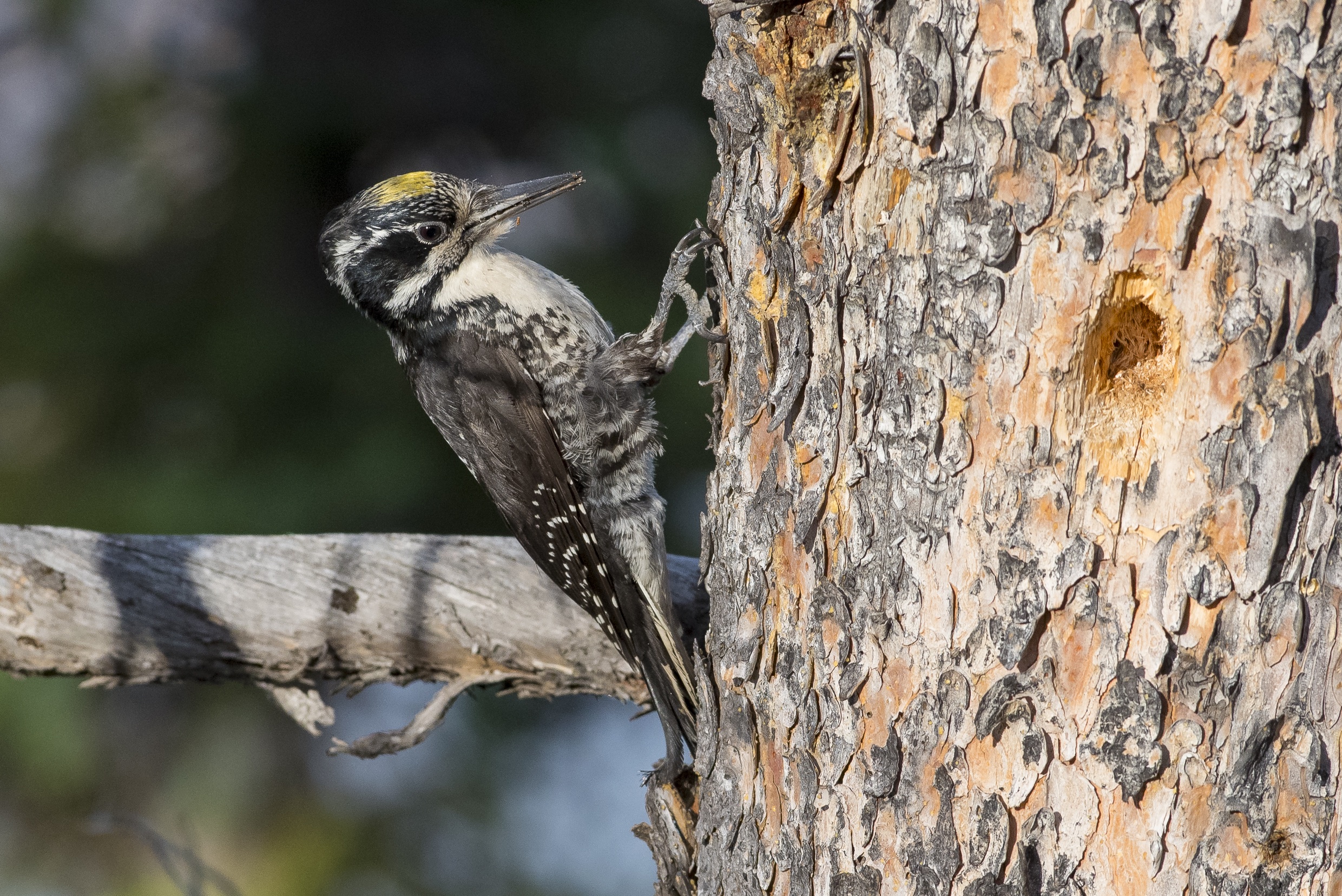
Over the Next Several Decades
The flip side, is that some animals are adapted to live in older forests with dense trees. These species do not do well after fires. Animals like Barred Owls, Spruce Grouse, Porcupines and caribou (among others) are all more at home in older forests. Assuming they survived the fire, these old-growth dependent animals have no choice but to make their way to unburnt areas.
Caribou are a special case, because they inhabit treeless areas like alpine tundra, as well as nearby forested areas. Both alpine meadows and high elevation forests are rich in lichens (their favourite food); caribou move in and out of forests throughout the year. From what I can see of the reported perimeter of the Jasper fire, I think it’s unlikely that caribou would have died in the fire. They are large, mobile animals, and in the heat of the summer, most caribou would be high up in the alpine.
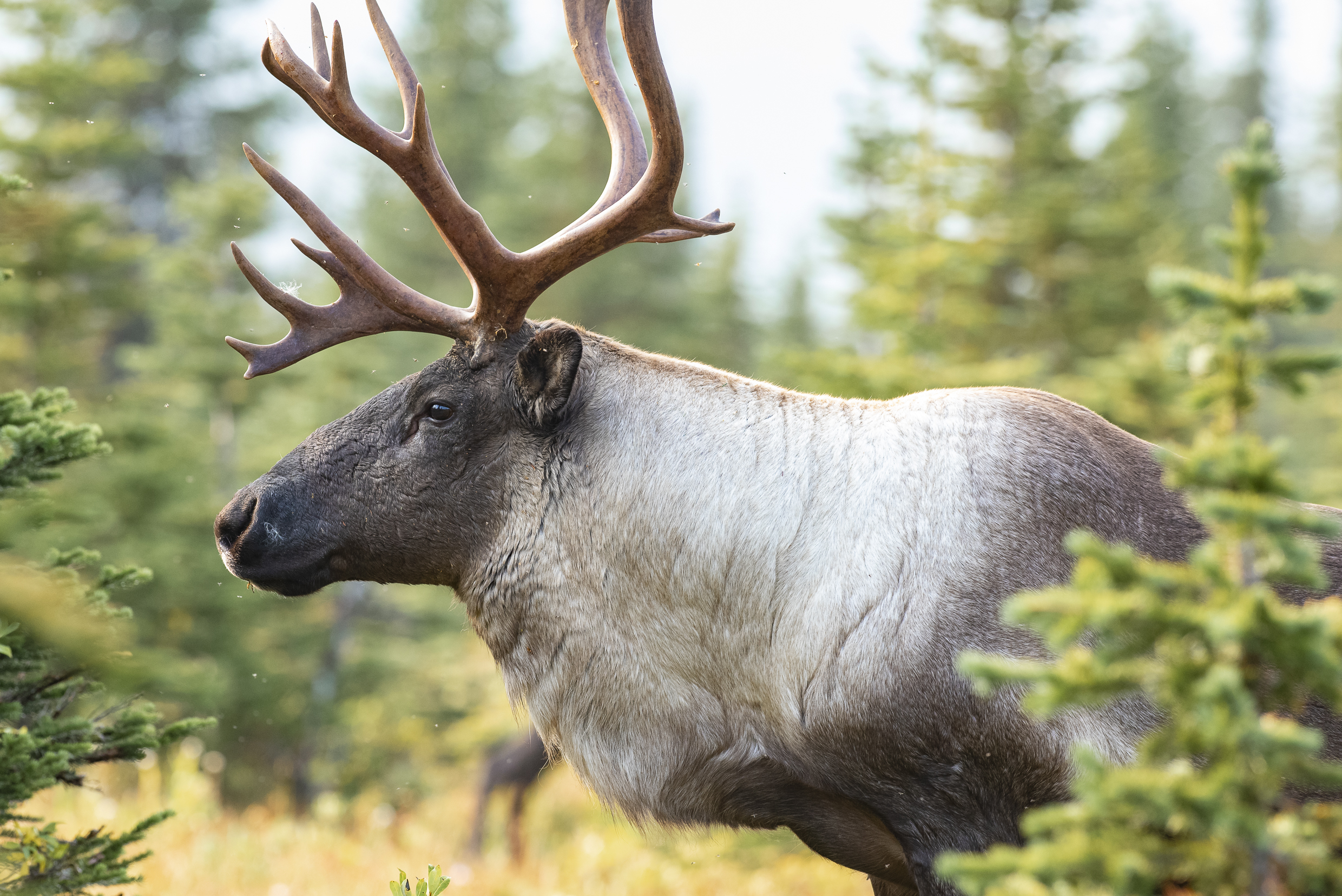
Long-term, post-fire effects may be another story. Caribou share predators (wolves, cougars, grizzly bears) with elk, deer and moose. And when the elk, deer and moose inevitably increase because of the post-fire bounty of grass and shrubs, the number of predators will increase right along with them. That predator increase will not be a great thing for caribou populations. Luckily, Parks Canada’s plan to recover our caribou herds includes initiating a caribou rearing program which will hopefully will offset the negative long-term effects of the fire. As of this writing, Parks Canada had still not been able to assess fire damage to the partly-constructed caribou rearing facility which was due to start operations in 2025.
What Can We Do?
Fire is a natural process that regenerates the Jasper ecosystem. While we feel sad for the unlucky individual animals that couldn’t outrun the fire, we don’t really have to fret much about the overall impact of a single fire on our wildlife. However, while the Jasper National Park ecosystem has evolved to prosper in the face of periodic wildfire, humans and their towns have not. It is absolutely heart-breaking to see the devastation that has been wreaked on people’s homes and businesses.
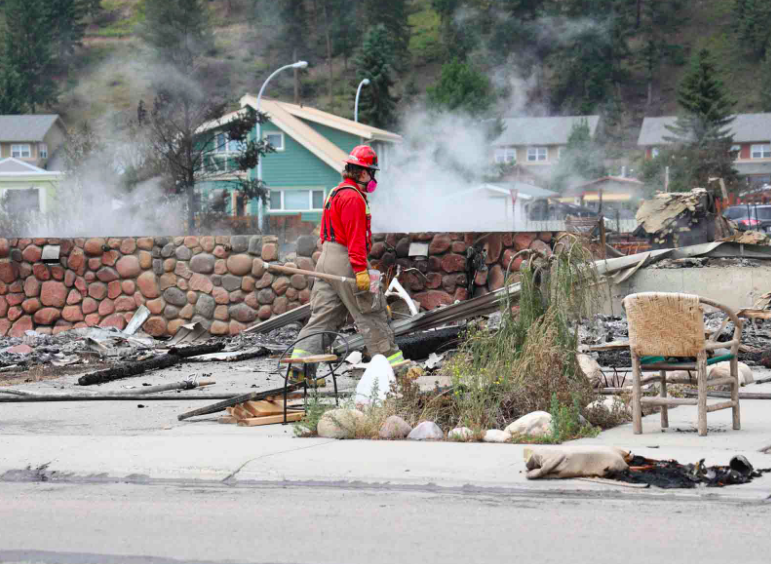
And while I fully commend Jasper’s hard work over the years in preparing for potential fire, and then in fighting this particular fire, it should be clear by now that we live in a rapidly warming world. The four hottest days in our planet’s recorded history all happened last week. Forests may be losing their ability to store carbon. Glaciers are melting at an ever-increasing pace. We’ve all got to start taking climate change seriously if we want to leave a liveable world for future generations.
It’s too simplistic to say that the current Jasper wildfire was caused by global warming. The Jasper fire is a single event. What we can say is that fires are getting hotter, larger, and more frequent. 2023 was by far the worst wildfire season in Canadian history, and 2024 is shaping up to be a hot one as well. To be sure, there are other fire issues besides global warming. For example, until quite recently throughout Canada, rather than follow the Indigenous practise of creating many small burns, we have suppressed fires, leading to an over-abundance of older trees, resulting in larger, hotter fires. The mountain pine beetle outbreak also contributed to fuel build-up (but was itself a consequence of a warming climate). Global warming however, is the issue that makes all the other issues worse: fires will always burn hotter as the temperature goes up.
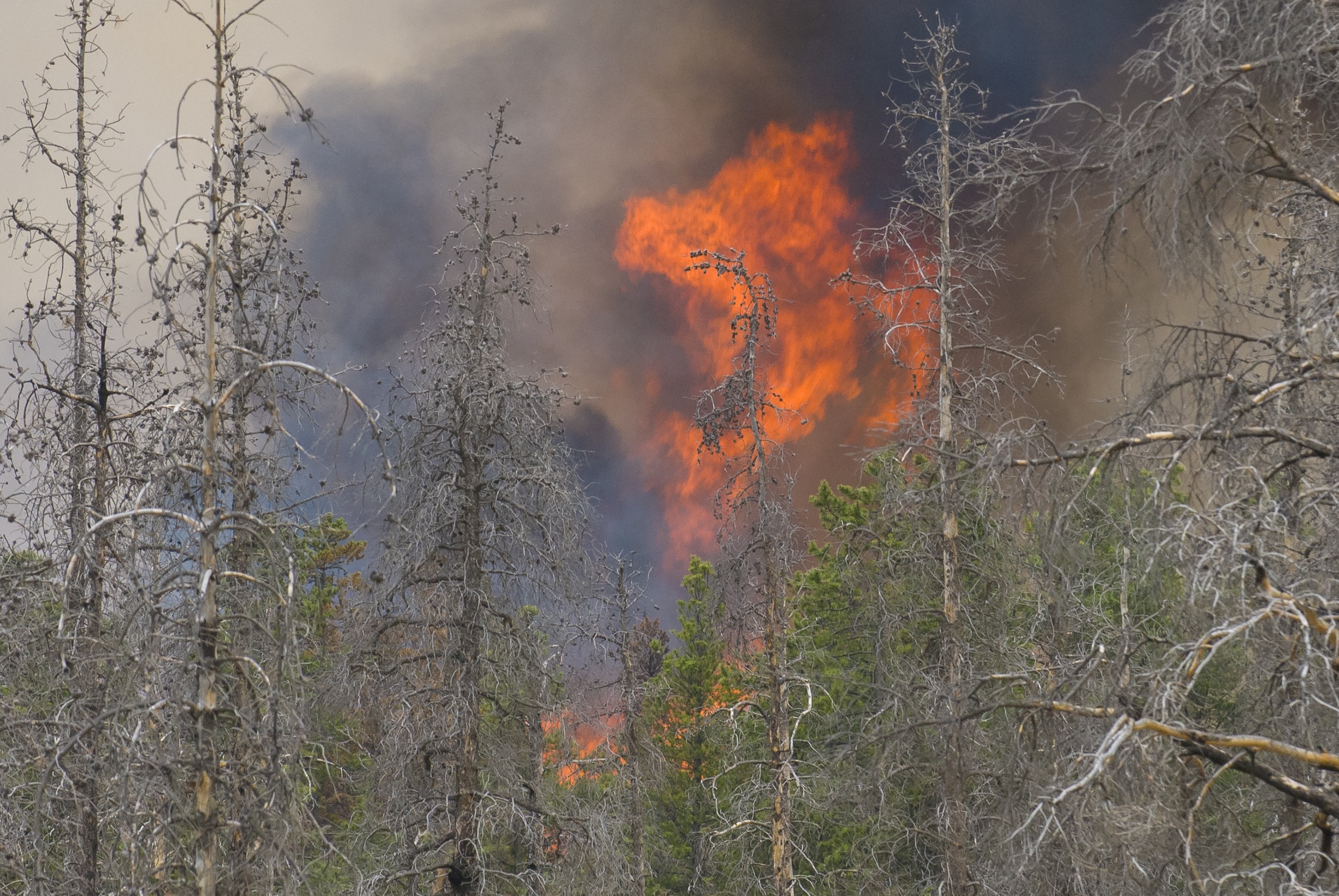
We can take action. We can reduce our carbon footprint wherever possible. We can use less carbon-intensive products; switch to renewable energy like wind and solar; eat with a more vegetable-focused diet. There are many resources on the internet to advise us on the many ways we can strive to live a lower carbon lifestyle.
One of the most important things we can all do is fight global warming at the ballot box. We all have the power to vote for political leaders and parties that have good climate change policy, with measurable objectives for tackling global warming. Not all of us are as resourceful as Mama Bear. But we can think of her when we’re considering our climate change choices.
Mark Bradley // info@thejasperlocal.com


